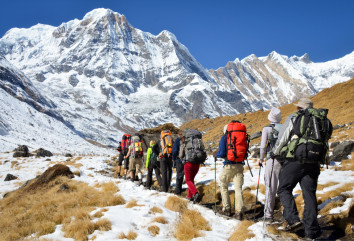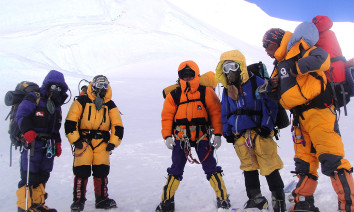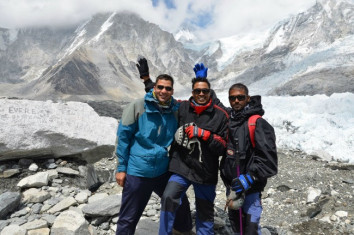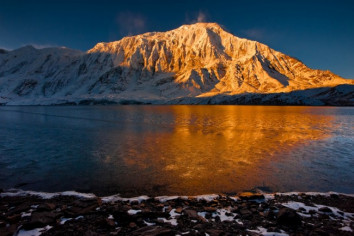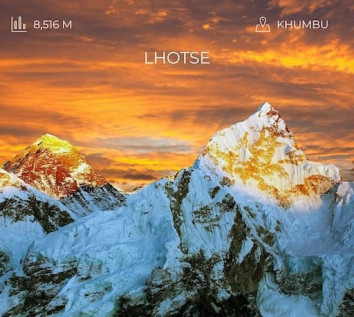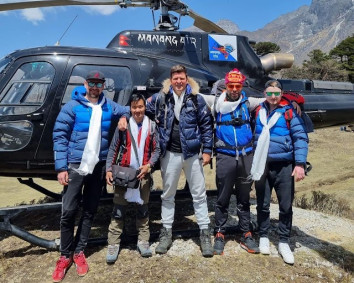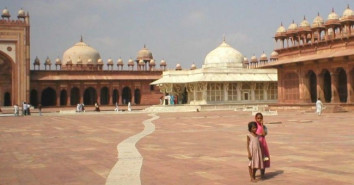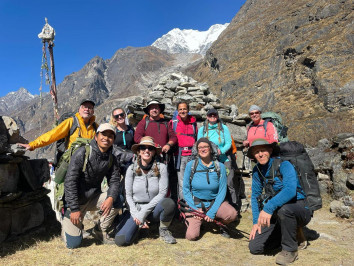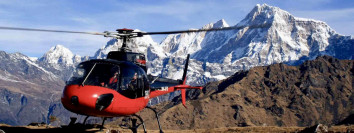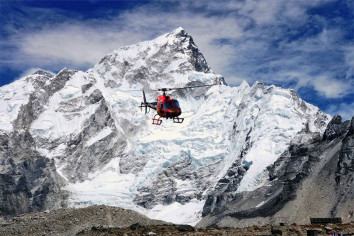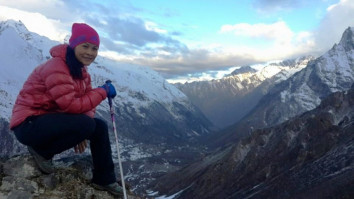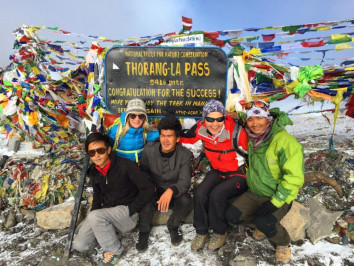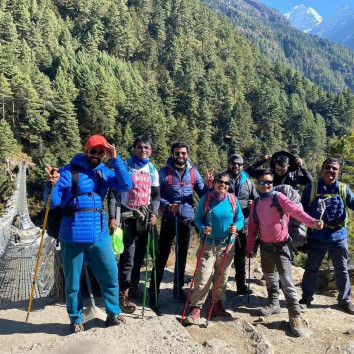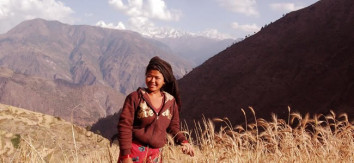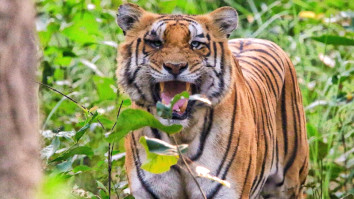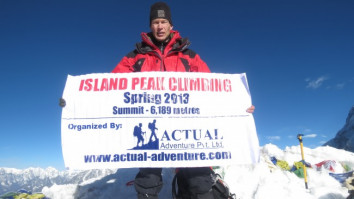6th Jan, 2024
Climbing Mount Everest 15 Fact About Everest Expedition
Climbing Mount Everest is a challenging and complex endeavor that requires careful planning, physical fitness, and mountaineering skills. Here are answers to your questions: We Also Do Organize Our Additional Popular Trekking Package:
Apart from Helicopter Tour, you can think for Annapurna Base Camp Trekking, Manaslu circuit Trek, Tsum Valley Trek, and Everest Base Camp Trekking, which are equally worthy to carry out Nepal Trekking and Hiking during your Nepal to visit lets Book your Adventure with us
Table of Contents
How long does it take to climb Mt. Everest?
The ascent of Mount Everest typically takes around two months. This includes acclimatization periods, base camp setup, and the actual summit push. The time it takes to climb Mount Everest can vary depending on several factors, including the route chosen, weather conditions, the climber's experience, and acclimatization schedule. The two main routes to the summit are the South Col route from Nepal and the North Col route from Tibet.
On the South Col route, the typical expedition lasts about 6 to 8 weeks. This includes acclimatization rotations, during which climbers ascend to higher altitudes and then descend to lower altitudes to allow their bodies to adjust to the thinning air. The final push to the summit usually takes place during a narrow window of favorable weather conditions in May.
On the North Col route, the expedition duration is often similar, with climbers spending several weeks acclimatizing before attempting the summit. It's important to note that these timeframes are just estimates, and actual climbing durations can vary. Additionally, unforeseen circumstances such as avalanches, storms, and health issues can impact the schedule. The ascent and descent phases each take several days, and climbers must be well-prepared for the extreme conditions and challenges that come with climbing the world's highest peak.
Why does it take 40 days to climb Everest?
The 40 days refer to the entire expedition duration, which includes acclimatization rotations to higher altitudes, rest periods, and waiting for favorable weather conditions during the summit push.
The process of climbing Mount Everest is time-consuming, and it typically takes around 6 to 8 weeks for several reasons:
Acclimatization
Acclimatization is a critical aspect of climbing at high altitudes. As climbers ascend to higher elevations, the air pressure decreases, leading to lower oxygen levels. To prevent altitude sickness and allow the body to adjust gradually, climbers engage in a series of acclimatization rotations. This involves climbing to higher altitudes and then descending to lower ones to give the body time to adapt.
Multiple Camps
Climbers establish multiple camps at different elevations along the route to the summit. These camps serve as resting points and allow climbers to acclimatize at progressively higher altitudes. Camps are typically set up at Base Camp, Advanced Base Camp, Camp 1, Camp 2, and so on.
Weather Window
The ascent to the summit of Everest is typically attempted during a narrow weather window when conditions are more favorable. This window is usually in May when the jet stream has shifted, and the weather is relatively stable. Climbers need to time their final push to the summit during this window to minimize the risk of extreme weather conditions.
Physical Challenges
Climbing Everest is physically demanding, and climbers need time to build strength and endurance. The high altitude, extreme cold, and challenging terrain contribute to the difficulty of the ascent. The slow pace during acclimatization rotations and the need for rest days are essential for avoiding exhaustion and ensuring a safe climb.
Logistics
Planning and executing an Everest expedition involve complex logistics, including obtaining permits, organizing transportation, setting up base camps, and coordinating with support staff. All these factors contribute to the overall duration of the climb.
The extended timeframe is designed to prioritize safety and increase the chances of a successful summit attempt. Rushing the ascent without proper acclimatization or during unfavorable weather conditions can significantly increase the risks associated with high-altitude mountaineering.
Can you climb Mount Everest in 3 days?
Climbing Everest in 3 days is not feasible or safe. The acclimatization process alone takes several weeks to help the body adjust to the high altitudes and reduce the risk of altitude sickness.
Can an average person climb Everest?
Climbing Everest requires a high level of physical fitness, mental resilience, and mountaineering experience. Most climbers on Everest have extensive climbing backgrounds and have successfully summited other peaks.
Climbing Mount Everest is an extremely challenging and demanding undertaking, and it is not something that the average person can do without significant preparation, experience, and resources. Mount Everest stands at 29,032 feet (8,848 meters) above sea level, making it the highest peak in the world. The climb poses numerous physical, mental, and logistical challenges.
Here are some reasons why climbing Everest is not considered an endeavor for the average person:
Physical Fitness: Climbing Everest requires excellent physical fitness and stamina. Climbers must be able to endure long hours of strenuous activity, extreme weather conditions, and high-altitude challenges.
Experience: Successful Everest climbers typically have prior experience in high-altitude mountaineering. Climbers need to be familiar with the technical skills required for ice and rock climbing, as well as be able to navigate challenging and unpredictable terrain.
Mental Resilience: Climbing Everest involves facing mental challenges, such as dealing with isolation, extreme weather, and the risks associated with high-altitude mountaineering. Mental resilience is crucial for making sound decisions in challenging situations.
Financial Investment: Climbing Everest is an expensive endeavor. Costs include permits, equipment, guides, support staff, travel, and other logistics. The financial investment required can be a significant barrier for many individuals.
Time Commitment: Climbing Everest takes several weeks, including acclimatization rotations, rest days, and the final push to the summit. The time commitment can be challenging for individuals with work and family obligations.
Risk and Safety Climbing Everest involves inherent risks, including altitude sickness, extreme weather, avalanches, and other hazards. The ability to manage these risks and prioritize safety is crucial.
While it's not impossible for an average person to climb Everest, it requires extensive preparation, training, and commitment. Many climbers join guided expeditions led by experienced mountaineers and outfitters who provide the necessary support and expertise. Aspiring Everest climbers are encouraged to gain mountaineering experience on other peaks, undergo specific training, and carefully consider the physical and mental demands of the climb.
How long can you stay on Everest summit?
The time spent on the Everest summit is very limited due to the extreme conditions. Climbers typically spend only 10-20 minutes on the summit before beginning their descent.
Is it still hard to climb Everest?
Yes, climbing Everest remains a challenging and dangerous undertaking. Despite advances in technology and logistics, the extreme altitude, unpredictable weather, and physical demands make it a formidable challenge.
Why does it cost 50k to climb Mount Everest?
The cost includes permits, equipment, logistics, guides, Sherpa support, and other expenses associated with organizing a complex expedition in a remote and challenging environment.
Can you climb Everest in a day?
Climbing Everest in a single day is not possible due to the need for acclimatization, multiple camps, and the summit push, which typically takes several days.
How many km to climb Mount Everest?
The climbing distance is not measured in kilometers but involves ascending from the base camp at around 5,364 meters (17,598 feet) to the summit at 8,848 meters (29,029 feet).
Can you climb Mt Everest without oxygen?
Climbing Everest without supplemental oxygen is extremely challenging due to the thin air at high altitudes. While a few accomplished climbers have done it, it significantly increases the risk.
Can a beginner climb Everest?
Climbing Everest is not recommended for beginners. Successful climbers usually have experience with high-altitude mountaineering and have summited other challenging peaks.
What is the current accepted height of Everest?
The accepted height of Mount Everest is 8,848.86 meters (29,031.7 feet) above sea level, according to a 2020 revision by China and Nepal
How many people climb Everest each year?
The number of climbers varies each year, but it's typically in the range of a few hundred. However, this number can fluctuate based on various factors.
Who was the first man on Mount Everest?
Sir Edmund Hillary of New Zealand and Tenzing Norgay, a Sherpa of Nepal, were the first climbers to reach the summit of Mount Everest on May 29, 1953.
What is the highest peak in the world?
Mount Everest is the highest peak in the world, standing at 8,848 meters (29,029 feet) above sea level.
Best Selling Trips Nepal, Tibet And Bhutan
Actual Adventure offer more then 50 special holidays package in Nepal, Tibet, Bhutan and India, including Trekking, tour, biking and climbing. from 1 week to 3 weeks holidays with reasonable. you can think for Annapurna Base Camp Trekking, Manaslu circuit Trek, Tsum Valley Trek, and Everest Base Camp Trekking, which are equally worthy to carry out Nepal Trekking and Hiking during your Nepal to visit lets Book your Adventure with us Everest Base Camp Trek, Annapurna Base Camp Trek, Langtang Valley Trek, Langtang Gosainkunda Trek, Manaslu Circuit Trekking Peak climbing and Expedition above 8000m or Any 3 country tour in Himalayas for culture, pilgrimage or explore view Explore the most sought-after Buddhist pilgrimage packages in Asia featuring enchanting destinations in Nepal, Tibet, and Bhutan. Immerse yourself in the sacred ambiance of Pashupatinath Temple, experience spiritual bliss at Muktinath, discover the mystique of Halesi Mahadev, seek blessings at Manokamana, and visit cultural gems like Chimmi Lakhang, Jambay Lakhang, Lumbini, and more. Traverse the spiritual landscapes of Mount Kailash and Mansarover Lake, delve into the tranquility of Ganden Monastery, explore the ancient Dra Yerpa Caves and Sera Monastery, and witness the divine allure of Jokhang Temple. Embark on a transformative journey with our meticulously crafted pilgrimage packages, designed to make your spiritual exploration unforgettable.
Recent Posts
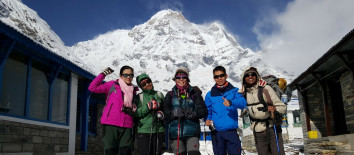
23rd Jan, 2017
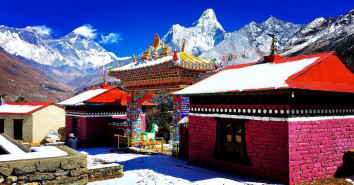
12th Jan, 2014
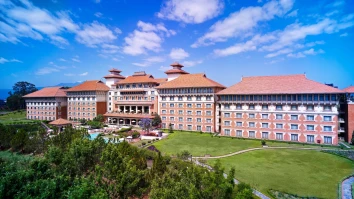
24th Apr, 2017
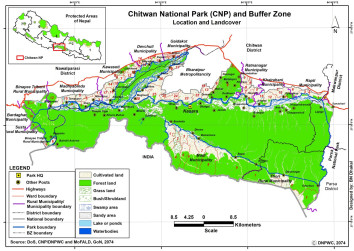
3rd Apr, 2014

3rd Jun, 2017
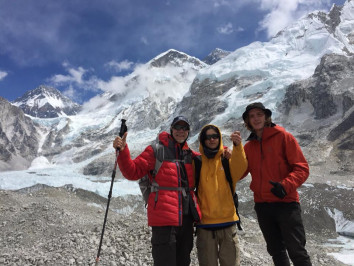
20th Jan, 2017
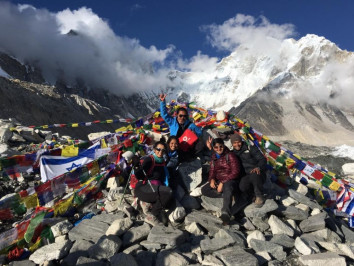
16th Jan, 2017
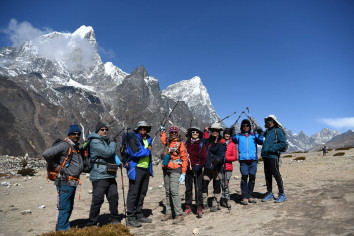
12th Jul, 2015

9th Apr, 2019
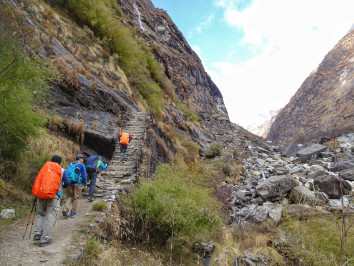
9th Jan, 2014
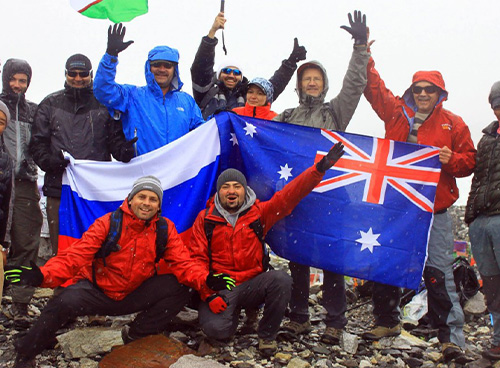
4th Apr, 2019

2nd Jan, 2014

2nd Apr, 2019

2nd Jan, 2014
-1.jpg)
30th Jan, 2017
-1.jpg)
4th Oct, 2018

16th Oct, 2018
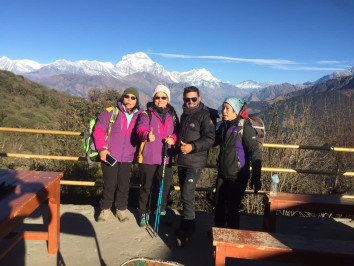
9th Oct, 2018
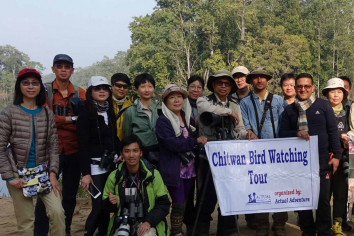
24th Jan, 2016
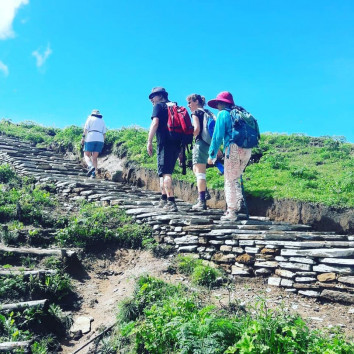
4th Oct, 2018
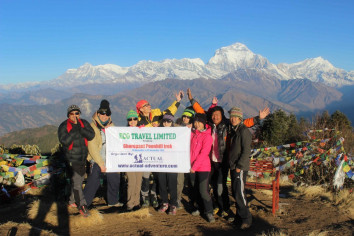
24th Aug, 2022

8th Sep, 2022
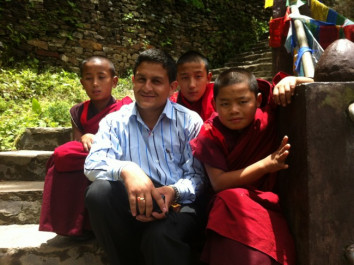
15th Sep, 2022
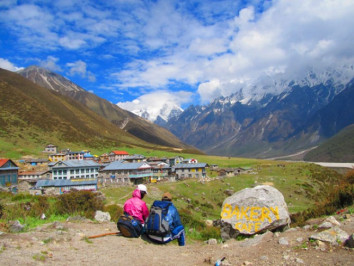
3rd Mar, 2023
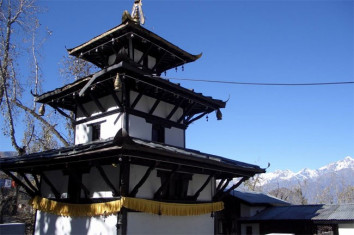
7th Mar, 2023
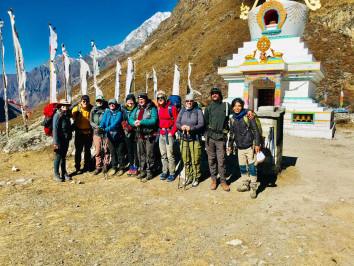
27th Mar, 2023

5th Apr, 2023

12th Apr, 2023
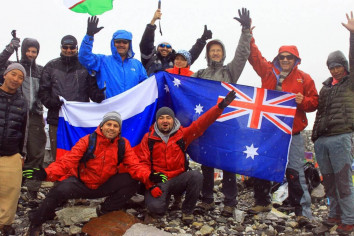
21st Apr, 2023
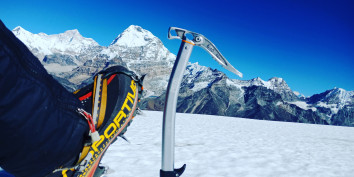
24th Apr, 2023
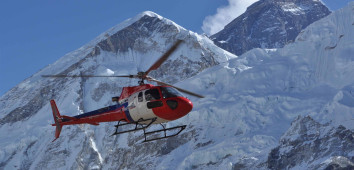
27th Apr, 2023
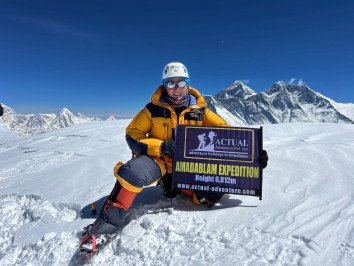
1st May, 2023
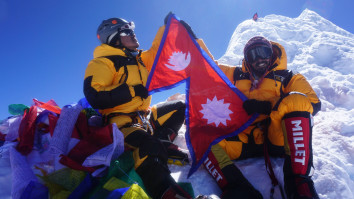
1st May, 2023
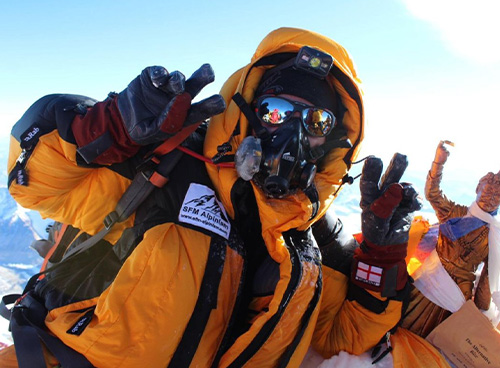
3rd May, 2023
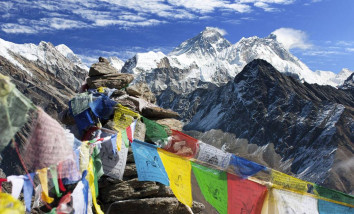
18th May, 2023

19th May, 2023
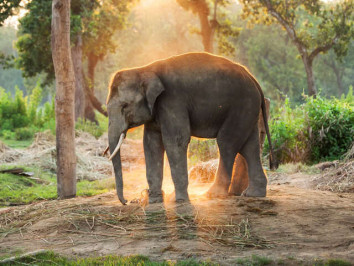
16th Jul, 2023

16th Jul, 2023
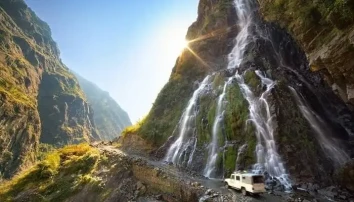
16th Jul, 2023
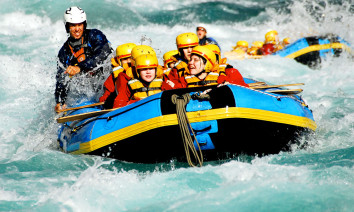
16th Jul, 2023
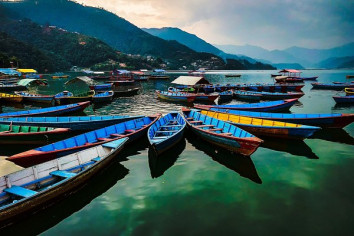
17th Jul, 2023

17th Jul, 2023

17th Jul, 2023
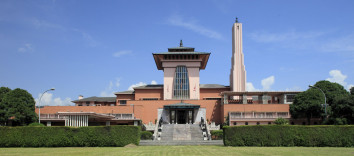
17th Jul, 2023

17th Jul, 2023
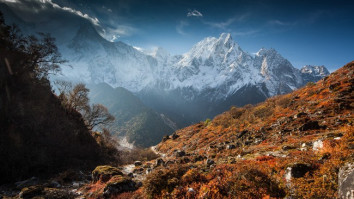
17th Jul, 2023

17th Jul, 2023

20th Jul, 2023
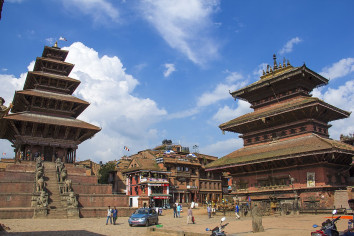
21st Jul, 2023

27th Jul, 2023
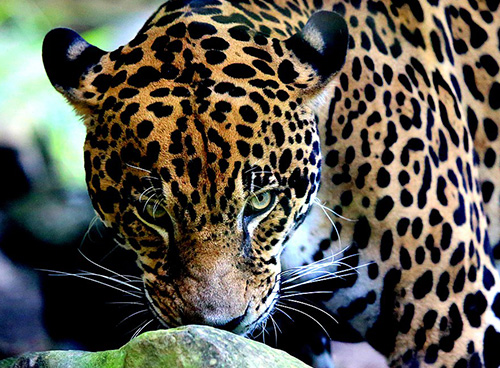
30th Jul, 2023
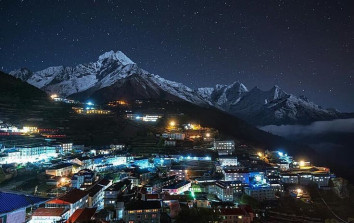
30th Jul, 2023
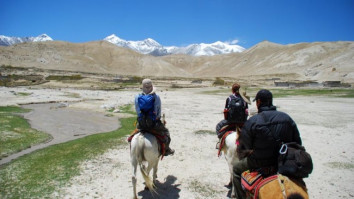
21st Aug, 2023

22nd Aug, 2023
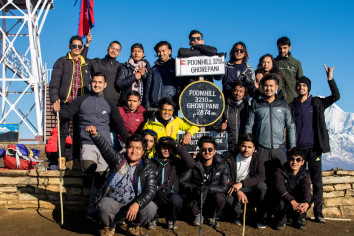
28th Aug, 2023
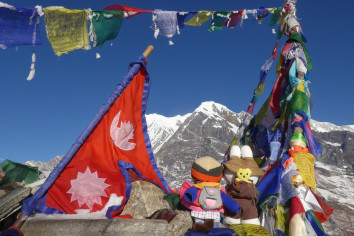
6th Oct, 2023

5th Nov, 2023

7th Nov, 2023

19th Nov, 2023
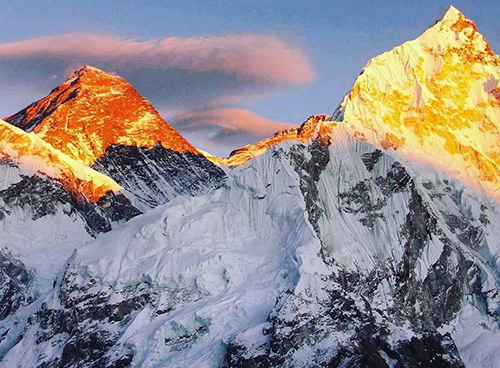
25th Nov, 2023

1st Dec, 2023
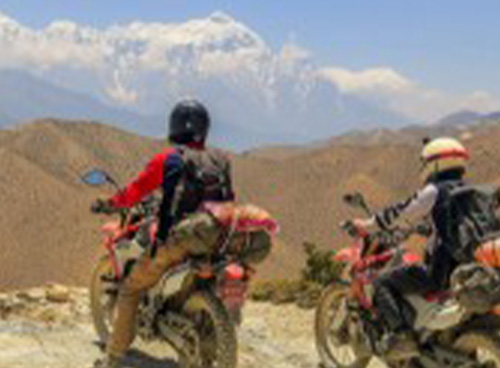
3rd Dec, 2023

13th Dec, 2023
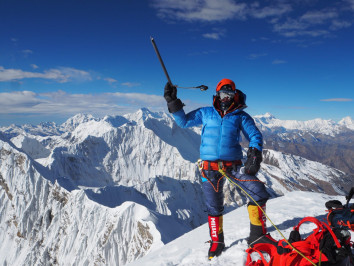
13th Dec, 2023

13th Dec, 2023

21st Dec, 2023
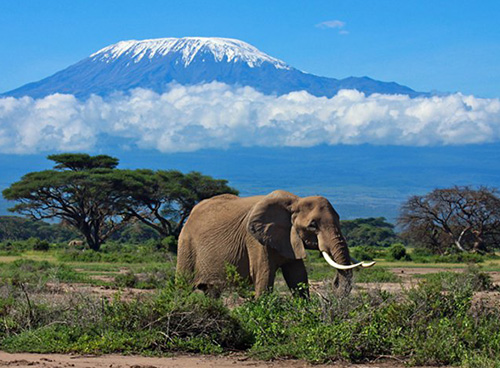
21st Dec, 2023
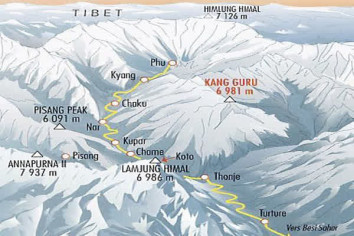
23rd Dec, 2023
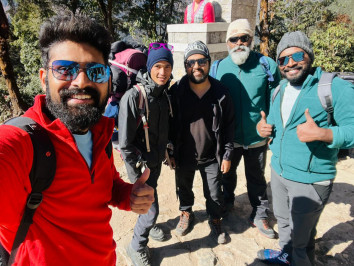
25th Dec, 2023

25th Dec, 2023

31st Dec, 2023
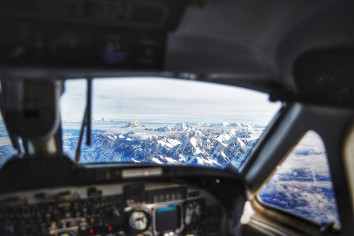
31st Dec, 2023
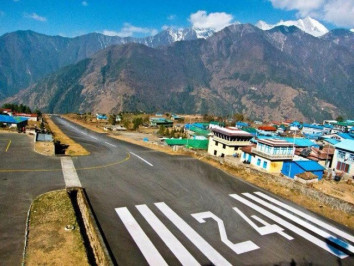
31st Dec, 2023
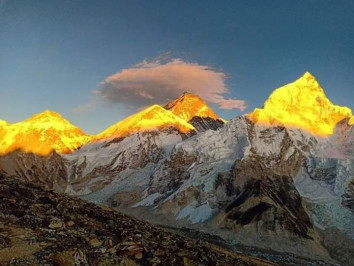
1st Jan, 2024
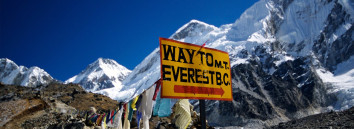
2nd Jan, 2024

2nd Jan, 2024
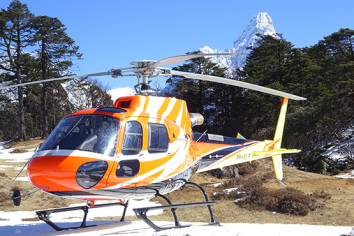
2nd Jan, 2024
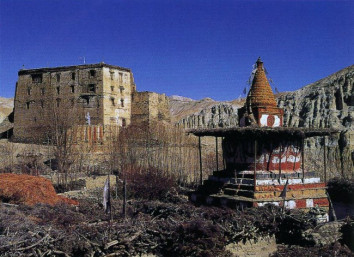
3rd Jan, 2024
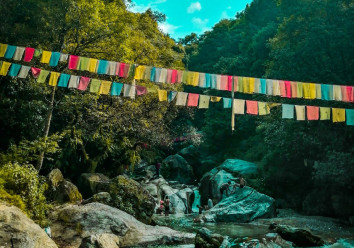
4th Jan, 2024

4th Jan, 2024
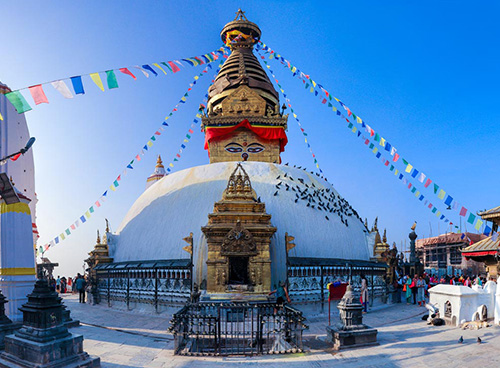
4th Jan, 2024
.jpg)
4th Jan, 2024

4th Jan, 2024
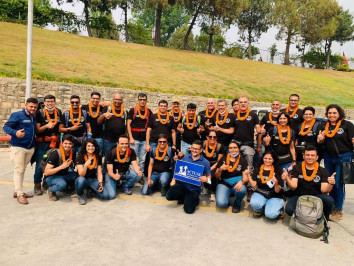
4th Jan, 2024

5th Jan, 2024
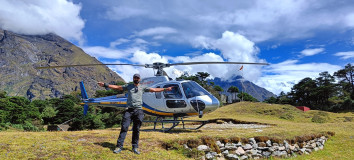
6th Jan, 2024
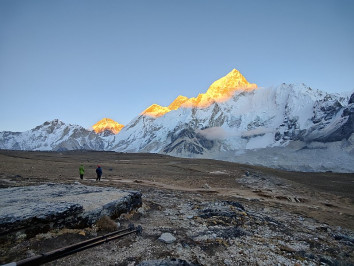
6th Jan, 2024
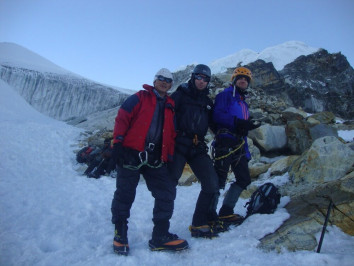
9th Jan, 2024
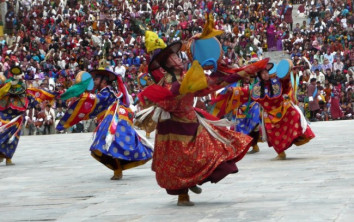
10th Jan, 2024

10th Jan, 2024

10th Jan, 2024
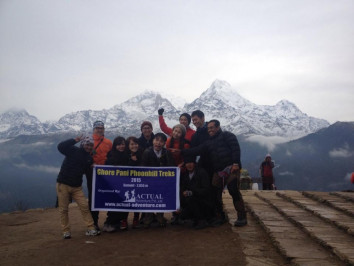
10th Jan, 2024
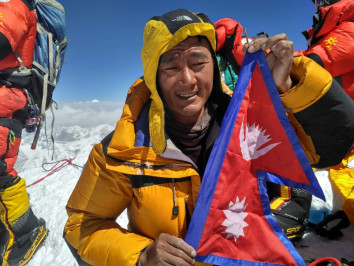
11th Jan, 2024
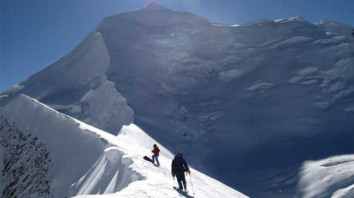
11th Jan, 2024

12th Jan, 2024

12th Jan, 2024
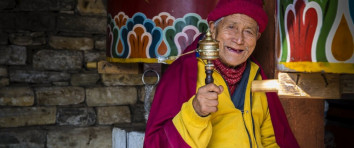
13th Jan, 2024
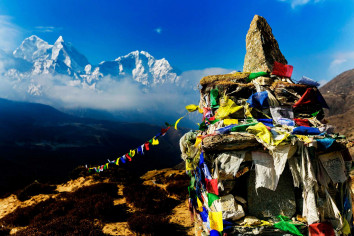
14th Jan, 2024
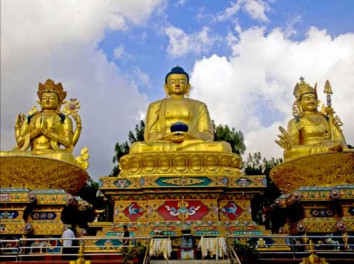
14th Jan, 2024

15th Jan, 2024
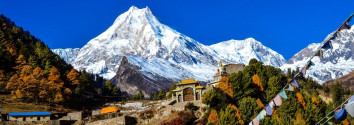
15th Jan, 2024
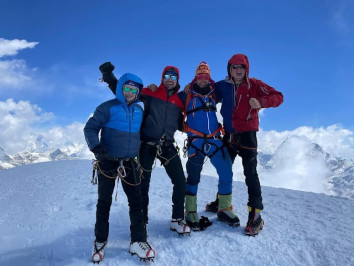
15th Jan, 2024
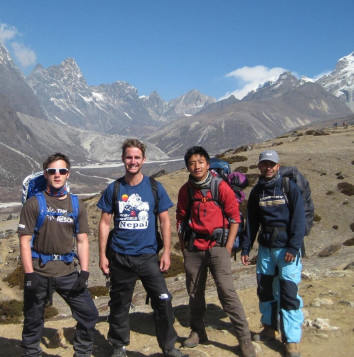
16th Jan, 2024
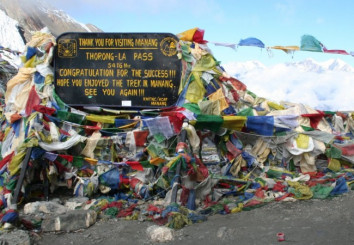
16th Jan, 2024
.jpg)
16th Jan, 2024

16th Jan, 2024
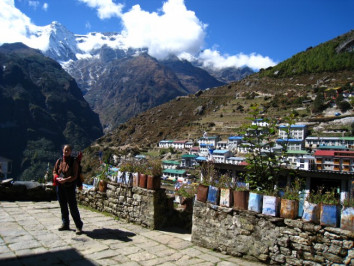
18th Jan, 2024
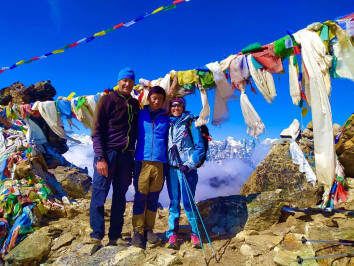
24th Jan, 2024
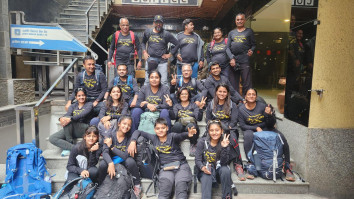
26th Jan, 2024
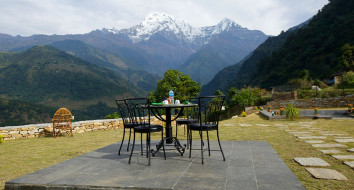
28th Jan, 2024
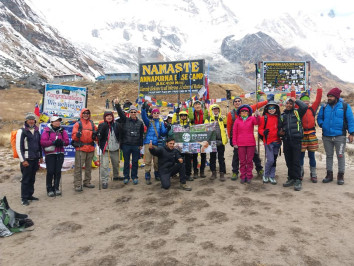
28th Jan, 2024
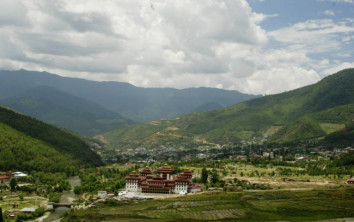
30th Jan, 2024
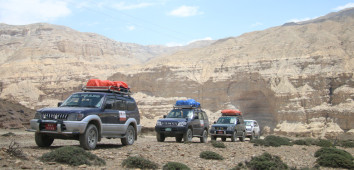
30th Jan, 2024
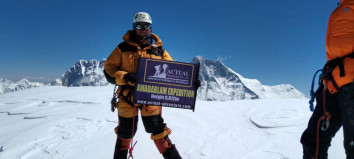
2nd Feb, 2024

2nd Feb, 2024

2nd Feb, 2024
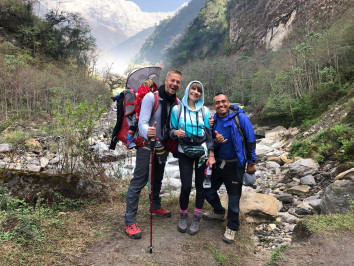
3rd Feb, 2024
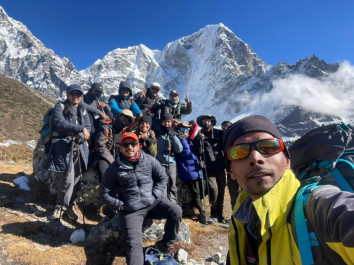
4th Feb, 2024

8th Feb, 2024
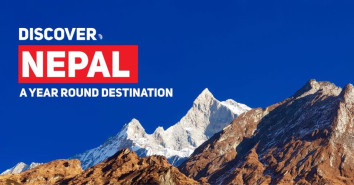
9th Feb, 2024

10th Feb, 2024
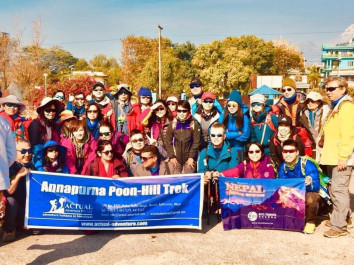
10th Feb, 2024

11th Feb, 2024

12th Feb, 2024

12th Feb, 2024
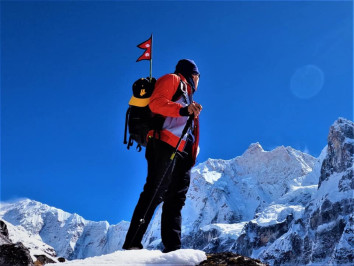
13th Feb, 2024
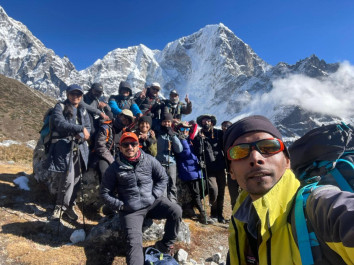
13th Feb, 2024
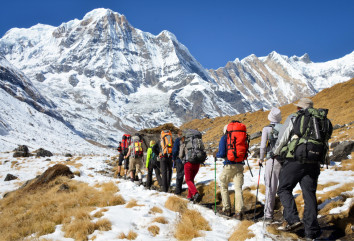
16th Feb, 2024
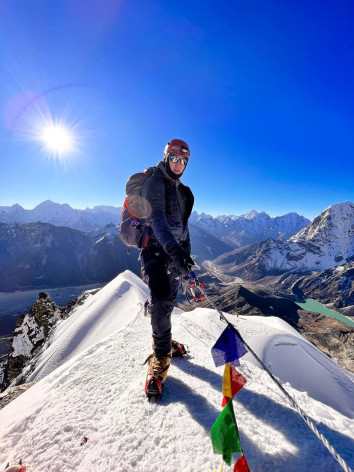
18th Feb, 2024

20th Feb, 2024
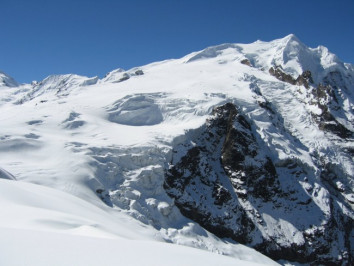
21st Feb, 2024
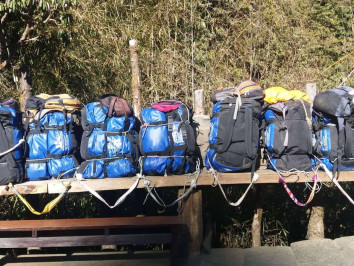
21st Feb, 2024

27th Feb, 2024
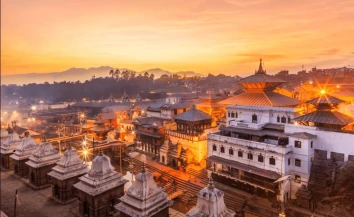
3rd Mar, 2024
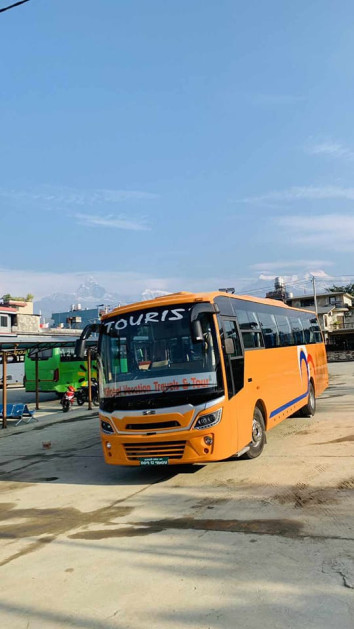
3rd Mar, 2024
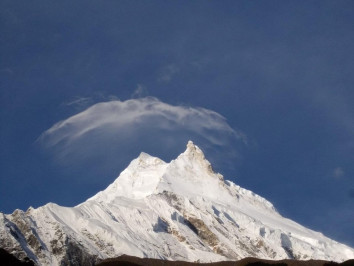
4th Mar, 2024
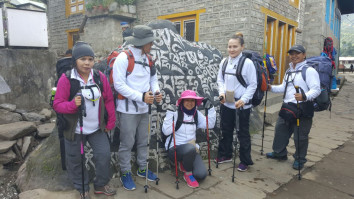
5th Mar, 2024
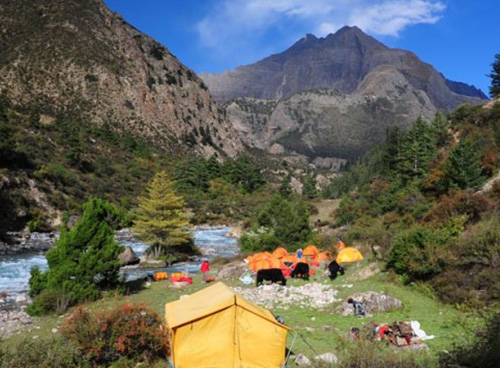
5th Mar, 2024

10th Mar, 2024

10th Mar, 2024

10th Mar, 2024
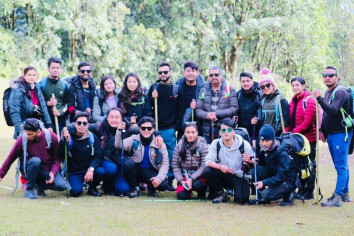
11th Mar, 2024

13th Mar, 2024

13th Mar, 2024
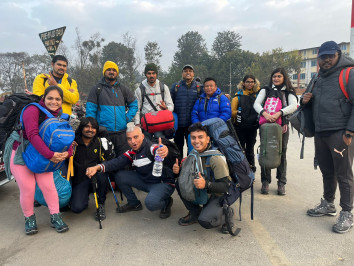
19th Mar, 2024
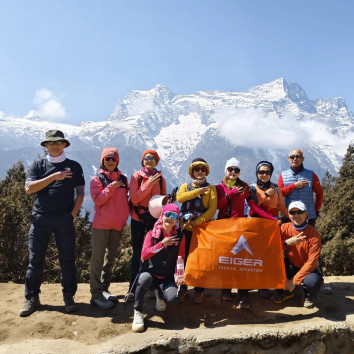
22nd Mar, 2024

26th Mar, 2024
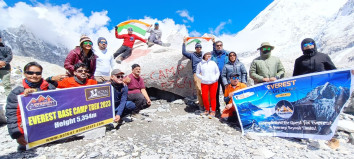
27th Mar, 2024

27th Mar, 2024
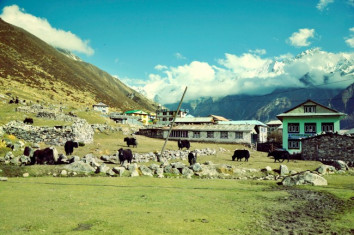
27th Mar, 2024
-1624864292-1.jpg)
28th Mar, 2024
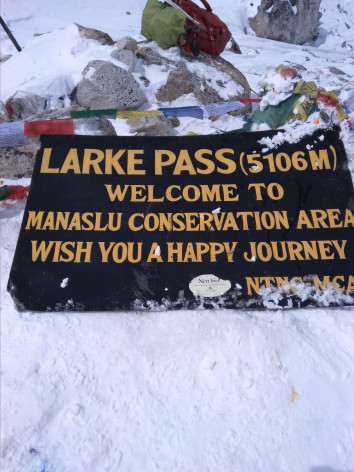
2nd Apr, 2024

2nd Apr, 2024

4th Apr, 2024
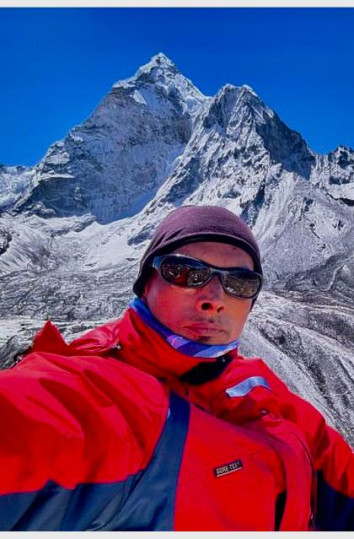
12th Apr, 2024
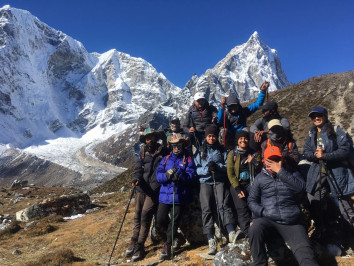



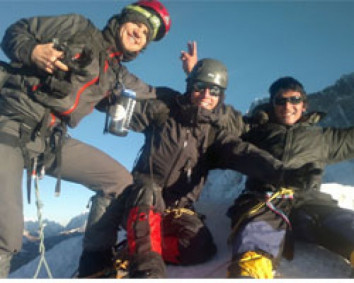
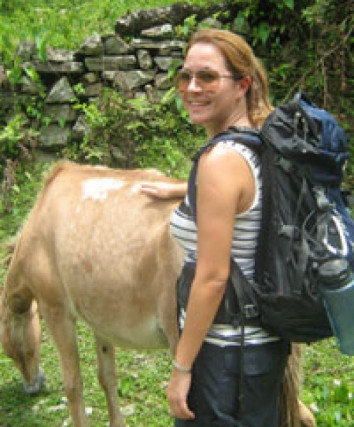
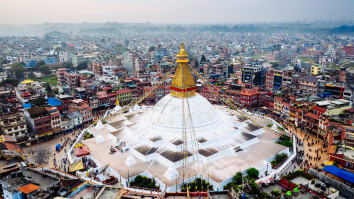


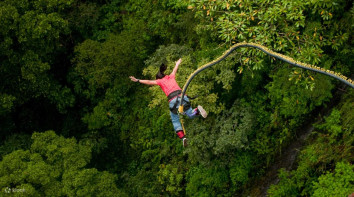
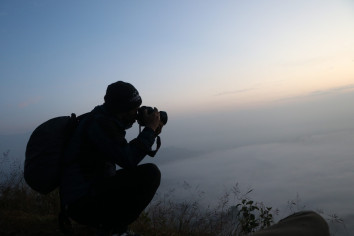
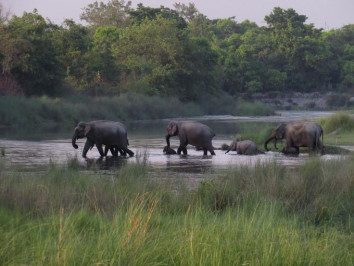
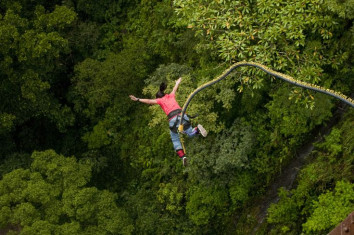
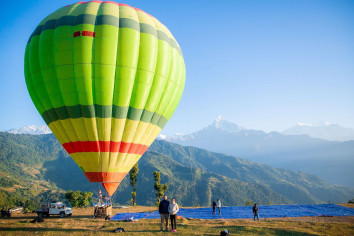


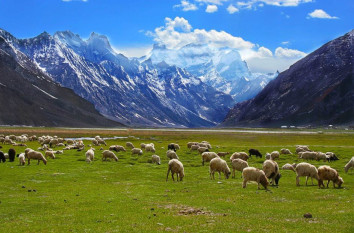



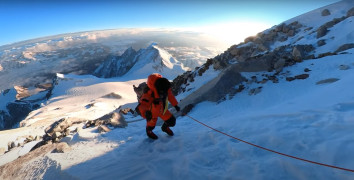
.jpg)

